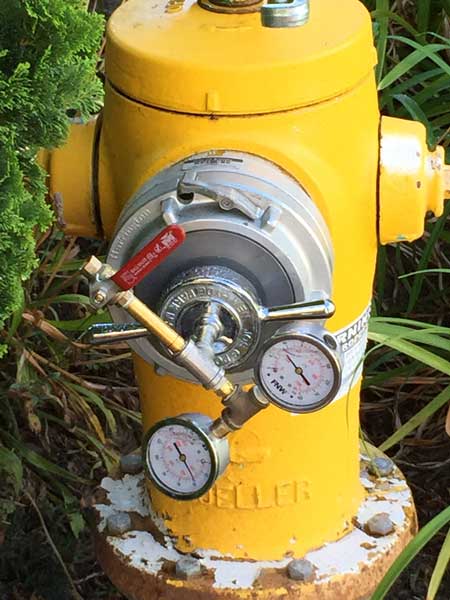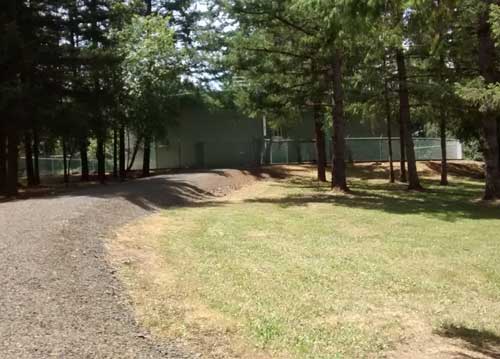After the City’s treatment plants are done producing high quality drinking water, we must deliver it in a reliable and efficient way that maintains that high quality. To meet these expectations, we must carry out a rigorous preventative maintenance program involving the following activities:
Fire Hydrants
The primary reason the City installs and maintains fire hydrants is to provide fire protection for homes, schools and businesses. Fire hydrants are also used to aid in flushing pipelines and as a temporary source of water to construction sites. Fire hydrants are inspected annually for the following purposes:
- Assure the hydrants, including all valves and nozzles, are accessible with no obstructions
- Check for leaks
- Assure the hydrants are operable and perform routine maintenance
- Check the hydrants drain properly
- Perform any necessary repairs within 48 hours
- Update records on hydrants and necessary parts for repair
Flow & Pressure
To keep water flowing to each customer connection, we have to maintain water pressure within the piping system. Oregon Administrative Rules for Public Drinking Water Systems require us to maintain a minimum of 20 pounds per square inch or psi at the customer’s connection before the meter. That’s not much, so instead, the City generally maintains between 40 to 70 psi within the system. The pressure is maintained with the help of gravity from elevation changes in the piping and storage tanks as well as from pump stations throughout the system. All of the routine preventative maintenance programs described on this page help to maintain adequate flow and pressure. If you feel you have pressure below the minimum of 20 pounds per square inch, please call 541-917-7600. Many water pressure issues are in the homes internal plumbing. Here is a good link with suggestions on how to check internal plumbing for low pressure.
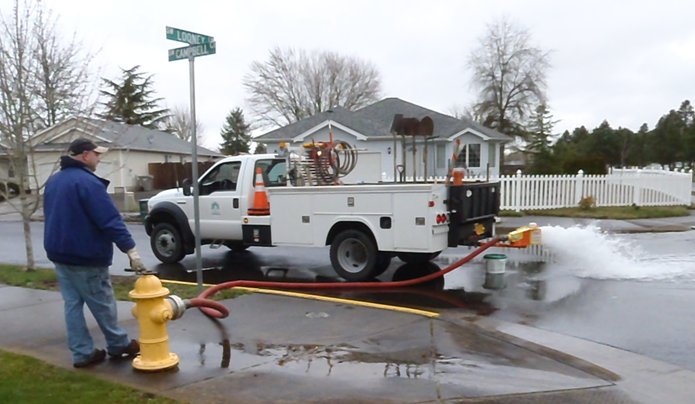
Flushing
Even with high-quality treatment in place, natural sediment and mineral deposits can accumulate in the distribution system over time. If the sediment and deposits are not cleaned out, water quality can degrade and water flow can become restricted. City staff flush one third of the lines annually for the following purposes:
- Improve water quality
- Remove sediment and deposits
- Check valves, hydrants, and blow offs to ensure they are operable and working properly
- Test flow and pressure to ensure they are adequate for normal and emergency uses
- Improve the hydraulic capacity of the pipes which also improves pumping efficiency
- Identify problems and schedule necessary repairs
City staff uses the following methods to flush the distribution lines:
- Conventional flushing: Staff flushes water from hydrants and blow offs at a low velocity to remove sediment and improve water quality.
- Unidirectional flushing: Staff flushes water from hydrants and blow offs in one direction to achieve a specific velocity and turnover rate that not only removes sediment and improves water quality, but also scours the pipe and removes deposits.
- Flushing stations: There are several flushing stations throughout the distribution system. Timers are used to turn on the station to flush water. These are used in areas where the water is not circulated well and can become stagnate. The flushing stations are used for improving water quality and removing sediment.
Storage Tanks
Water storage tanks provide the City with enough pressure and water at any given time to meet the various water demands of our customers, including drinking water, domestic uses (flushing toilets, cleaning, food preparation, etc.), fire suppression, irrigation, manufacturing, and many others. The City of Albany has a total of nine storage tanks with a capacity of 21.3 million gallons. Tank exteriors are inspected by staff weekly and cleaned annually. Tank interiors are inspected every five years by contractors and cleaned when necessary.
Valves
Valves are used to control direction and amount of flow in a water distribution system. Exercising and maintaining valves is critical to assuring control both in normal operation and during emergencies. City staff exercises the valves on an annual basis by opening and closing the valve to assure it is functioning and making repairs when necessary. The water valve cans (housing) are painted blue or white to make them more visible during emergency situations.
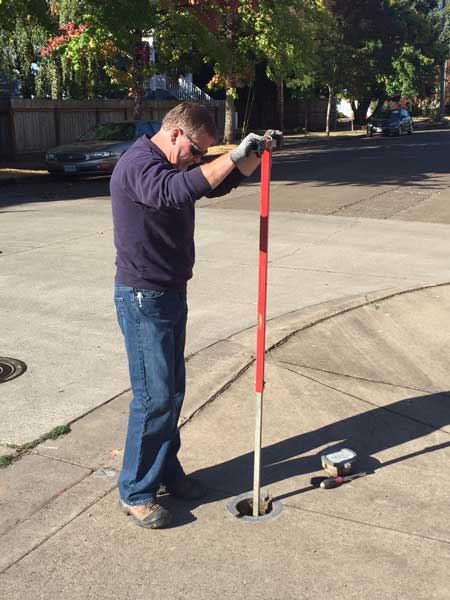
Water Mains & Services
There are approximately 300 miles of pipe and more than 19,000 service lines in the water distribution system, which delivers high quality water to our customers each and every day. The pipes vary in age and some are more than 100 years old! To maintain our water mains and services, the City:
- Monitors pressure within the system to reduce drastic changes that can lead to and indicate breaks
- Routinely monitors for leaks using leak detection equipment and complete repairs
- Repairs leaks and breaks reported by the public
- Replaces leaking waters services and those that have reached the end of their expected service life.
- Replaces perpetually leaking mains, undersized mains, and mains that have reached the end of their expected service life. (See Capital Improvement Planning)
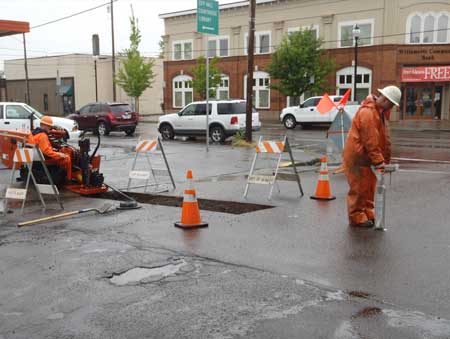
Water Meters
Metering allows the City to measure water use. Metering is important to assure water rates are assessed fairly, but also to identify water loss within the system. There are approximately 17,000 residential meters within the water system. Residential meters usually consist of ¾, 1, or 2-inch meters. Residential meters are on a perpetual life cycle change out program. City staff replaces meters these when they reach their life cycle expectancy of 20 years of age. Click here for more information on reading your residential water meter. In addition, there are approximately 92 large commercial or industrial meters in the water system. These meters range from 3-inch to 10-inch. These meters have a 20 year change out cycle and are tested for accuracy at least once a year. All meters installed after the 2014 Reduction of Lead in Drinking Water Act meet the EPA no lead standard.

Locating Water Lines
Construction and repair projects happen around the City every day. To avoid damage to utilities, all residents, contractors, or anyone else planning to dig must call to request the location of underground utilities at least 48 hours before digging. The city is required to provide locates of our water and wastewater system infrastructure. Once we receive a locate request, to prevent damage to these systems, City staff use specialize equipment and mapping systems to locate and mark infrastructure in the area. To provide the best customer service for locating this important infrastructure, you could help by providing a detailed location of where the work will occur and mark boundaries of the excavation area with white paint. If you are planning to dig, call 811 to request utility locating. Click here for more information on Oregon 811 Utility Notification Center, including how to interpret the locate markings.
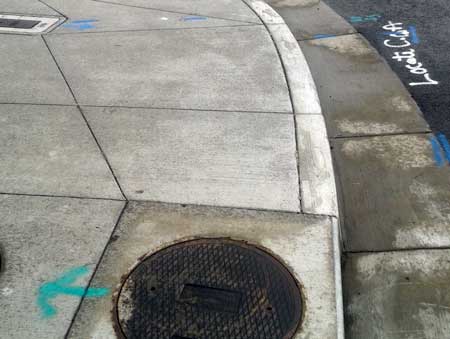
Questions & Alert Information
If you have questions about the drinking water for Albany, Millersburg and/or the Dumbeck Lane Water District or to report a problem, such as a broken water line, or water quality concern, please call 541-917-7600. If it’s not urgent, submit an email through our website.
To receive instant emergency alerts and updates from the City of Albany directly to your phone, text 97321 to 888-777 (powered by Nixle) or sign up online. To receive targeted messages for your specific area during an emergency, sign up for the Linn-Benton ALERT Emergency Notification System.

